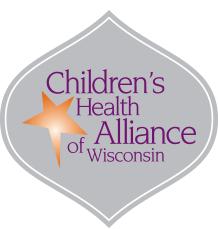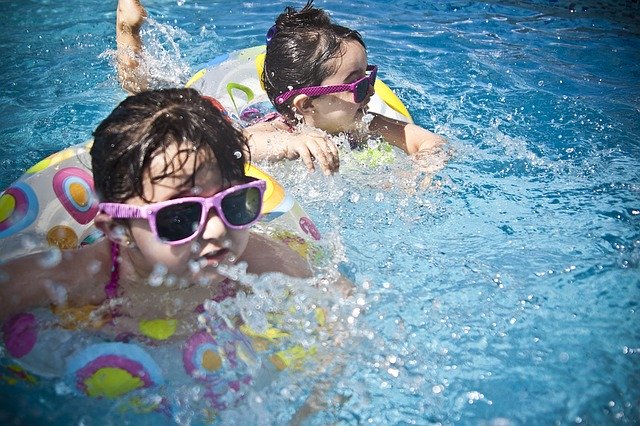COVID-19 has drastically shifted our priorities and our way of living, and with these changes comes a set of unique challenges we must work to address in order to ensure the safety and well-being of our children.
With public pools remaining closed throughout the state, this summer children and their families will likely turn to private pools, lakes and Lake Michigan beaches to swim. Lake Michigan waters continue to remain at record high levels and are expected to remain high throughout the summer, creating stronger rip currents and making swimming more dangerous than ever. Some counties also are experiencing lifeguard shortages, creating a multitude of risk factors that will increase the drowning risk for children this year.
Children who swim in pools at home also have a higher risk of drowning, as parents struggle to supervise their children while continuing to work at home through the summer months. From 2016 to 2018 in Wisconsin, there were 213 emergency department visits and 30 deaths due to drowning for children younger than age 18. Among these deaths, pools were the second most common location where the drowning took place, behind open water.
Drowning has historically been a leading cause of injury-related death for children, and we urge local public health professionals and community organizations in Wisconsin to take additional precautions this year in warning your communities about the heightened risk of drowning this summer, educating parents about prevention strategies they may use to reduce the risk of their children drowning, and implementing extra precautionary measures around natural bodies of water. Organizations such as Safe Kids and Pool Safely have excellent resources to help implement prevention strategies within your community.


